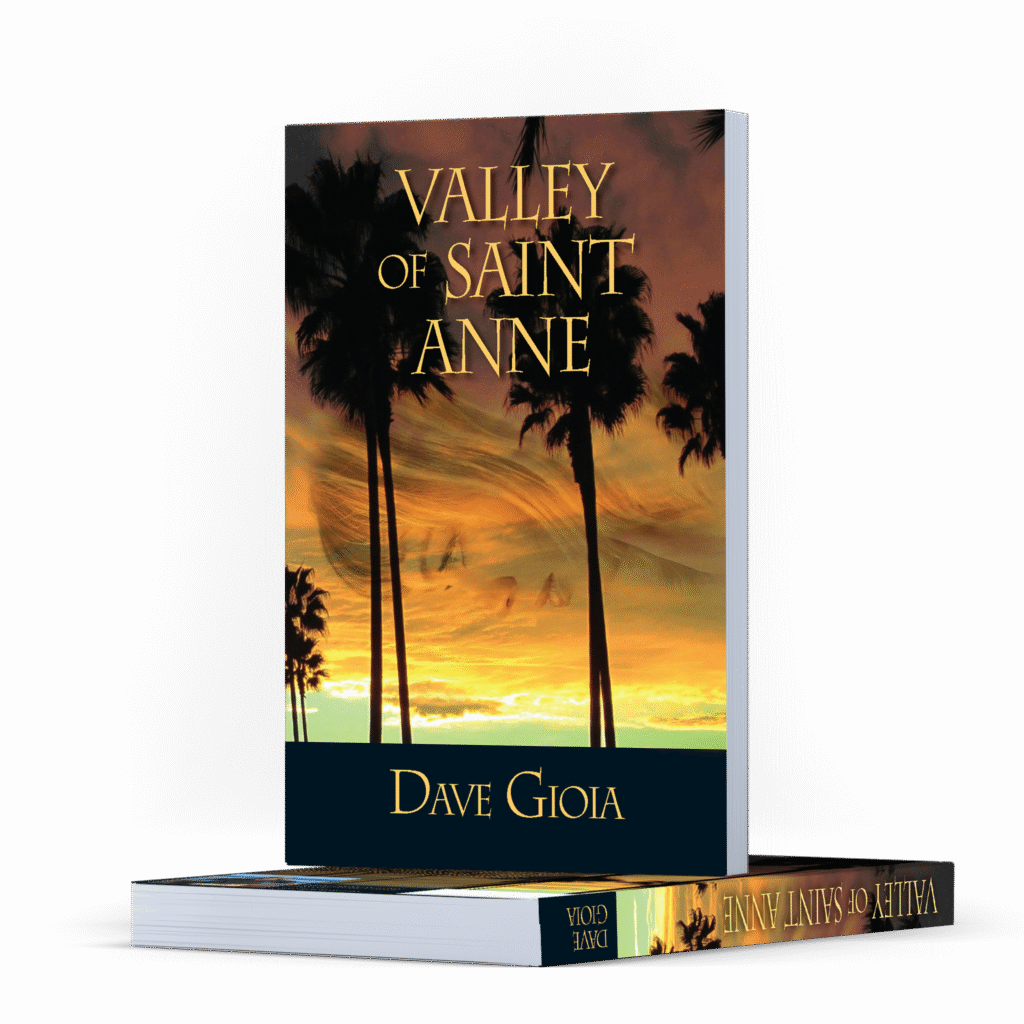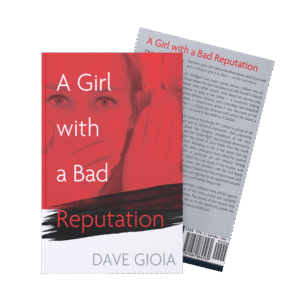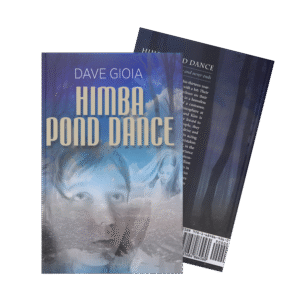
FROM THE AUTHOR
Thoughts about Valley of Saint Anne…
I’m a student of human nature. I’ve met hundreds of people in my time and have been in my fair share of relationships and I’m always amazed at how unique people and relationships are. We all share our humanity and viewed from a distance we seem more alike than unalike but the closer you get to people the more pronounced the differences become and if you take the time to get to know someone it isn’t long before you discover that person’s uniqueness and also what makes him or her tick. The process of doing so is a fascinating one to me and it’s how I approach developing my characters in my stories.
Everything imaginable has happened between people in the course of time and I enjoy exploring the boundaries of social mores. Marriage and family; faithfulness to one’s spouse or partner; love of one’s children and respect for one’s parents: a belief in God: these have long been the bedrock on which societies have been built.
Yet we all understand that not all marriages are happy and most of them fail; that not all spouses or partners are faithful; that not all parents love their children and not all children respect their parents; and that many people believe God is an entirely human invention.
People and relationships are much more complex and diverse than the idyllic picture of society presented to us by those who have a vested interest in having us believe that life can only be lived a certain way, confined within social and religious strictures. It’s life’s complexity and diversity that I enjoy portraying and it was the reason I wrote Valley of Saint Anne, to test the boundaries of relationships and the strength of the bonds between people.
This novel has a strong adolescent protagonist, 12-year-old Deirdre Beyer, front and center in the story. It wasn’t by design that Dee Dee serves as the novel’s moral compass but by her choice. Once I’d created her and given her a pat on the butt and set her on her on her way, she took charge and from that point forward led me on and I did my best to keep up with her.
Writing about Dee Dee was a joy. She’s at that age where she’s hungry for knowledge and wants desperately to understand life and the world around her. She’s impressed by how much there is to know and how little she feels she does and also by how much about life seems to make little or no sense to her. She’s a sharp kid who misses nothing and questions everything.
Of course, writing about all the characters in the story was a joy. There are many of them and each very different. One in particular, Rita, gave me the opportunity to examine several subjects. Rita is a Latina with a fiery disposition, an immigration attorney married to a cop on the local force and an alcoholic.
Valley of Saint Anne and Himba Pond Dance, my second novel, are both set in Southern California where I live. The Hispanic population in California currently equals that of the white population and Hispanics in Southern California have a long and storied history dating back to the Spanish expeditions to Alta California and its settlement. There are ethnic tensions here just as there are elsewhere in the country and the problem of undocumented immigrants is also a nationwide one but they also have a local aspect to them and capturing and conveying that is what Rita’s character enabled me to do.
Alcoholism, like all addiction, is universal and an intensely personal affair, as anyone who is or has ever been addicted well knows. The reasons for becoming addicted are as varied as the people who do and whether or not they are rooted in psychology to begin with, once people become addicted their addiction soon becomes deeply rooted in it.
Getting to the bottom of Rita’s psychology was fascinating. She is an extremely complex personality whose uninhibited behavior when she’s drinking and strong views about the plight of undocumented immigrants put most people off. Valley of Saint Anne is, among other things, a story about transformation and the one Rita undergoes is remarkable and I think inspirational.
Sexuality, like relationships, is also a subject of endless interest and fascination to me and just as I do in Himba Pond Dance, I explore it extensively in Valley of Saint Anne, in particular in the relationship between two young women, Cryssie and Jenn.
Cryssie is bisexual and Jenn asexual, or so she’s always thought, and as the two become closer and then romantically and sexually involved, Jenn begins to challenge her assumptions about herself. She’s Chinese and was born in China and given up for adoption by her biological parents for reasons unknown to her. She tells herself she’s okay with what her parents did, that it was probably for good reason and that she harbors no animosity toward them and has moved on but the depth of Cryssie’s feelings unsettle Jenn and gives rise to her fear of being abandoned again, which she thought she’d protected herself against by walling herself in emotionally, her reasoning being that if she never allowed anyone to get close to her, she’d never be in a position to be abandoned again. Cryssie is as relentless as she is passionate in her pursuit, though, and when things finally come to a head it’s explosive.
I’m not the type of writer who develops elaborate story outlines. I begin with an idea and put my fingertips on the keycaps and begin typing and let the story take me where it wants to go. Consequently, writing for me is a magical experience, which is to say that characters sometimes emerge spontaneously in the course of writing. I might not understand where they come from but usually they end up being there for a good reason and Ira Weiss is a perfect example.
A Jew born in Munich whose businessman father had the good sense to leave Germany when the Nazi’s “Aryanization” program was going into high gear; an ex-Mosad operative; a graduate of the London School of Economics and a playboy of sorts while attending; the founder and CEO of PACBOND, one of the world’s leading bond trading company’s headquartered in Newport Beach, CA; a seemingly upstanding pillar of society but a man leading a secret life. Why would Ira possibly have occurred to me? Of course: to counterbalance Dee Dee. I’m a firm believer in the “Counterweight” theory of the universe. I’m sure it’s not new but the idea is that opposites, including people, balance each other out and I think these two do.


